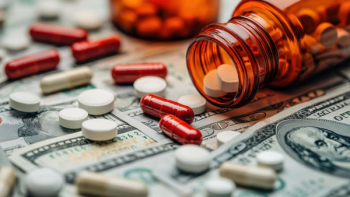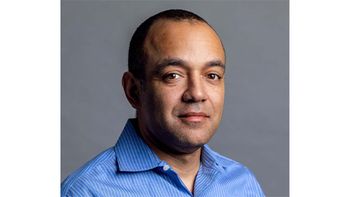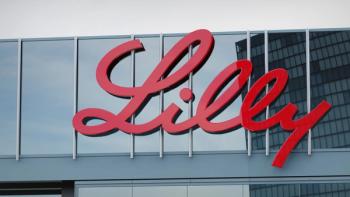
- Pharmaceutical Commerce - March/April 2011
FDA opened 72 new counterfeit cases in 2010--a new record
Caseload reinforces concerns over illegal trade and distribution of pharmaceuticals
During a presentation at a meeting organized by the Pew Prescription Project (Washington, DC., March 7-8), deputy administor Dr. Ilisa Bernstein noted that 72 cases had been opened by FDA’s Office of Criminal Investigations in FY 2010 (which ended Sept. 30). That’s up nearly 11% from the year before, which was also an up year.
FDA is always careful to not impute too much meaning to this annual count; it is a measure as much of FDA activity as it is of the pace of counterfeiting business; moreover, one “investigation” can be a single pharmacist relabeling old product as much as an international ring importing pallet-loads of product (both of which occur). Still, this count is up for three years running, and has been at a level 3-5 times what was reported a decade ago. Recent incidents also include intrusions into the so-called “normal chain of distribution” defined in various state pedigree rules; this chain is supposed to be immune to external, unregulated activity. “Counterfeiting is like water pressure,” commented Allan Coukell, a Pew Prescription Project director, during the meeting. “It will find a way in.”
Articles in this issue
over 14 years ago
Oral arguments favor industry in Supreme Court data-mining caseover 14 years ago
FDA's Social Media Enforcement: Emerging Rules of Engagementover 14 years ago
FDA Opened 72 New Counterfeit Cases in 2010--a New Recordover 14 years ago
UDP Gains Prominence in Improving Medication Adherenceover 14 years ago
Clondalkin Group Acquires Catalent's Printed Components Businessover 14 years ago
With a Few Stumbles, REMS Begins to Hit Its Strideover 14 years ago
Back to the Future With Track-and-Traceover 14 years ago
Pharma 2020: Supplying the FutureNewsletter
Stay ahead in the life sciences industry with Pharmaceutical Commerce, the latest news, trends, and strategies in drug distribution, commercialization, and market access.





